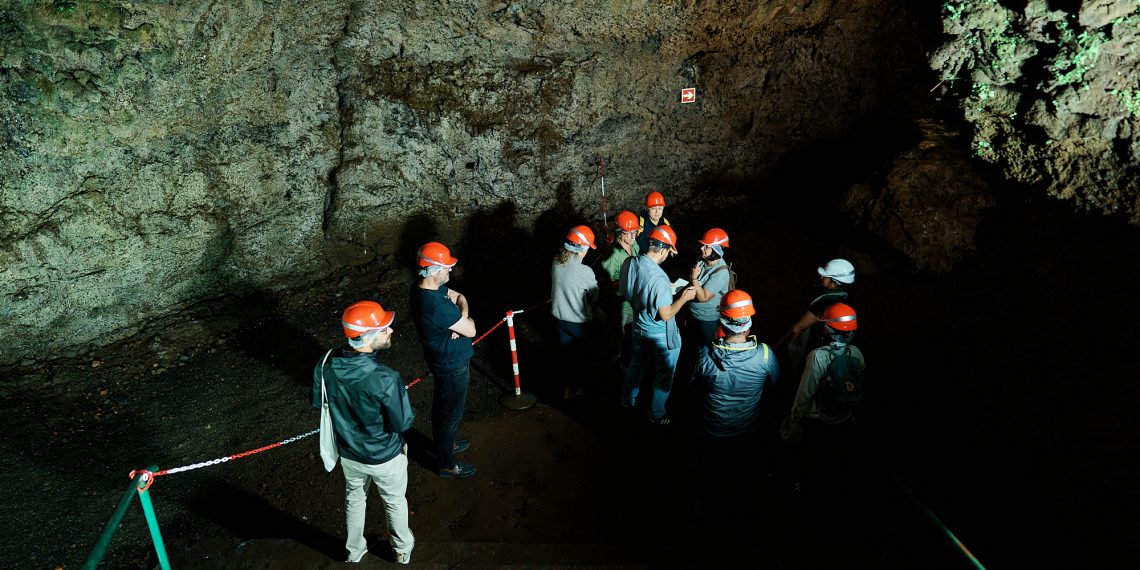From November 22 to 28, a team of seven people from various countries will be isolated in Gruta do Natal, Terceira Island (Azores), replicating the lunar environment. This is the first mission of the project CAMões – Caving Analog Mission for Ocean, Earth and Space Exploration – with the Azores acting as a testbed for astronauts from all over the world. The project is promoted by Associação Os Montanheiros and INESC TEC – Institute for Systems and Computer Engineering, Technology and Science, with the official presentation scheduled for November 8.
What is Portugal’s potential for astronaut training? What is the importance of the mission for the Azores? What type of suits will the astronauts wear? What will be done inside the cave? The official presentation of the first analog lunar mission will address these and other questions; the event will take place on November 8, at INESC TEC Robotics and Autonomous Systems Laboratory
This is the kick-off event of the CAMões project, promoted to disclose the details of the mission that places the Gruta do Natal (Azores) as the ideal scenario for research missions leading to analog studies, while supporting the planning and design of Moon and Mars missions.
Ana Pires, INESC TEC researcher, highlighted the richness of the natural structure of the cave, composed of lava tubes”. Astronauts from various space agencies e.g., ESA and NASA have been looking for this type of environments and scenarios to carry out their planetary geology training, because there are similarities with the lava tubes on Mars and the Moon. Hence, it’s crucial to test their geotechnical stability to understand if it is possible to make these structures a base field in future missions to space, while protecting astronauts from radiation, for example”.
This is the first mission of its kind carried out in Portugal and the expectation is that, in 2024, the Gruta do Natal will become a new place for analog missions, duly reliable and validated. For this to happen, after this inaugural mission, the CAMões project will allow the participation of teams from the national and international community in upcoming endeavours.
Over seven days and six nights, the crew will be the first to stay overnight in this environment. Originating from five countries, they speak eight languages and represent more than 11 areas. By exploring the unique features and biodiversity of the cave as a scientific and research environment, they will carry out studies in various sectors, as well as training actions, technology tests, data collection, and other scientific activities. Outside, a team of experts in speleology, volcanology, microbiology, geochemistry, and space medicine will act as the ‘mission control’. In addition, they will be supported by a volunteer multidisciplinary medical team.
“This is a large-scale initiative that showcases the country’s potential, not only in terms of natural and geological resources with high levels of reliability, but also in terms of the institutions’ competencies, the quality of our researchers, and the difference we can make when we collaborate at the highest level”, stated João Claro, CEO of INESC TEC, emphasising that “this will be a milestone in positioning Portugal in this field”.
The project brings together several national and international partners, with a significant pedagogical component and a focus on STEAM – with the Ciência Viva and ESERO programme playing a vital in disseminating this mission at schools -, as well as a multicultural dimension, since it welcomes people from different regions of the world.
The official presentation of the analog mission is scheduled to begin at 2:30 p.m. The agenda is available here.




 News, current topics, curiosities and so much more about INESC TEC and its community!
News, current topics, curiosities and so much more about INESC TEC and its community!